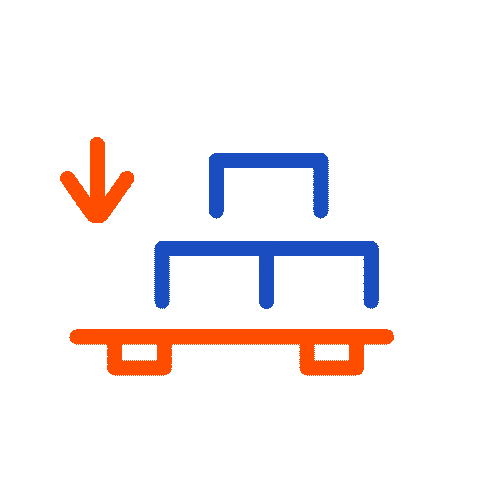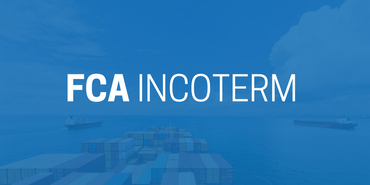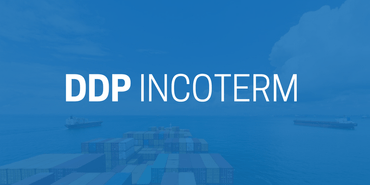
Definition of the Incoterm FOB (Free on Board)



![]()
The FOB Incoterm is exclusively used for maritime transport or inland waterways and remains unchanged in the Incoterms 2020. Under FOB, the seller must load the goods on board the vessel designated by the buyer at the agreed port of shipment. Risk is transferred to the buyer at that point.
FOB is similar to the FCA Incoterm, but under FOB the risk transfers only when the goods are physically loaded onto the ship, whereas in FCA the transfer can happen earlier (e.g., at the terminal).
For this reason, FOB is not recommended for containerized cargo, as containers are usually delivered to the terminal days before loading and there’s a gray area of responsibility if damage occurs before loading. For containers, FCA is usually the better option.
Seller’s Obligations (FOB)
- Delivery of goods and contractual documents
- Proper packaging and labeling
- Inland transportation to the port of origin
- Export customs clearance and payment of export duties
- Origin port charges and loading the goods onto the vessel
Buyer’s Obligations (FOB)
- Payment for the goods according to the contract
- International sea freight
- Destination port charges (handling, port fees)
- Import clearance and payment of VAT, excise duties, and tariffs
- Inland transport to the final destination
Insurance under FOB Conditions
Taking out insurance is optional, but it is common for each party to insure their segment of the journey.
Sometimes the buyer or seller purchases a comprehensive policy covering the entire route. In any case, it is advisable to include in the contract:
- Type and scope of the insurance policy
- Responsibilities for each leg of the journey
- Claims procedure
Why is FOB not suitable for containers?
- Containers often sit at the terminal for days before being loaded onto the ship.
- If damage occurs during this waiting period, it’s hard to determine whether the risk lies with the seller (goods not yet loaded) or the buyer (terminal has accepted responsibility).
- FCA allows risk transfer at the exact point of delivery, such as when the container is handed over at the terminal, eliminating this ambiguity.
Sources and References
- ICC – International Chamber of Commerce: Incoterms® 2020 Rules
Official source for Incoterms 2020, detailing the definitions and applications of each term. - Trade Finance Global: FOB (Free on Board) – Incoterms® 2020 Rule
Comprehensive guide on FOB, including its appropriate usage and limitations, especially concerning containerized shipments. - Maersk: FOB Incoterms® Meaning | Free on Board Shipping
Explanation of FOB responsibilities and risk transfer, with practical examples. - Wikipedia: FOB (Shipping)
Historical context and evolution of the FOB term, including its application in modern trade.
Related Articles


